In the last few months the world has changed and so have our homes and our children's lives. Parents and children are spending more time at home together, households have lost income increasing stress and anxiety levels.
So how do we provide our children with the toys they need to develop, without breaking the bank or creating a stressful and cluttered environment at home. We want to talk about the benefits of toy minimalism for your kids and your sanity as parents (not to mention your wallet).
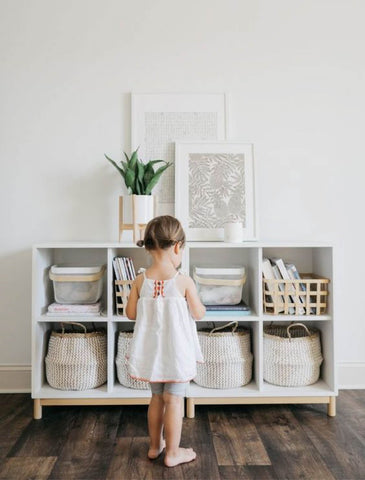
(Ref: everydaymamas.com)
Minimalism does not equal nothingness and white empty spaces, it is more about freeing yourself of the attachment to stuff. According to creators of the Netflix documentary, the Minimalist, Joshua Millburn and Ryan Nicodemus, it is a “a tool to rid yourself of life’s excess in favour of focusing on what’s important—so you can find happiness, fulfilment, and freedom”.
We listened to a podcast on Gwyneth Paltrow's Goop at the start of lockdown, with family consultant, school consultant and educator Kim John Payne. One of the insights he talked about helping our kids to cope in this new normal was to declutter your home to create a calming environment that can reduces feelings of disorientation and anxiety.
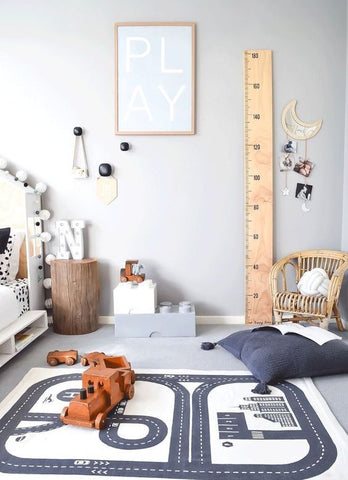
(Ref: kidsinteriors.com)
Children don’t need thousands of toys to be happy, in fact children are more happy, healthy and independent with less. Rather invest in one toy that is wooden, timeless and can be passed down to the next generation, than ten plastic toys that will date, break and end up in a landfill or the ocean.
If you think toy minimalism is something your family could try, declutter your child's toy cupboard and donate what they don’t use to a child less fortunate. Not only is there joy in giving but your family will feel more free to think and play imaginatively with less ‘stuff’.
We have curated a list below, that make up a very well-rounded, educational minimalist toy cupboard:
1. Sturdy push wagon or cart
For physical development and imagination. A push cart can be used from toddler to preschool. Whether it be for extra support for new walkers, to take dolls for a walk or carry a heavy load, its on our list of minimalist toys.
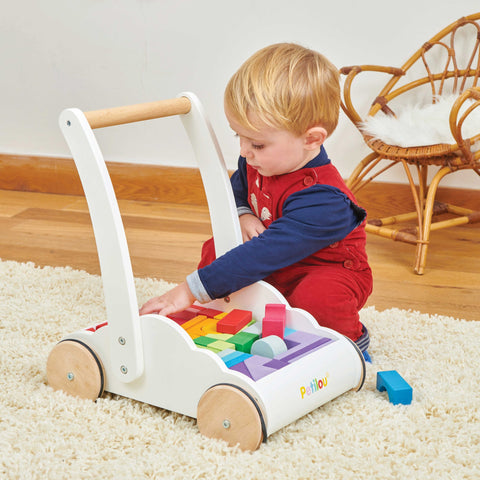
2. Doll
Children use dolls to practice social skills from the age of 1. Starting with simple role play like feeding and going for walks to more complexed role play like dressing up and playing house.
3. Blocks
For imagination, cognitive development, problem solving and 3D design. Children need to practice knocking down before they learn to build. Chose blocks with varied but basic shapes. You only need one type of block set. Either basic wooden blocks or connective blocks like lego.
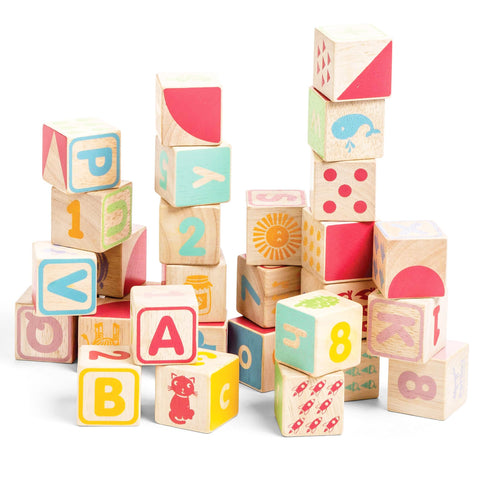
4. Ride on
Develops gross motor action which are the corner stones for development of balance and coordination for playing sports and dancing.
5. Books
Childhood development experts advocate the benefits of reading as much as possible to your child. Reading engages your child and helps develop a life-long reading habit.
6. Fat crayons
For creativity and the development of fine motor skills
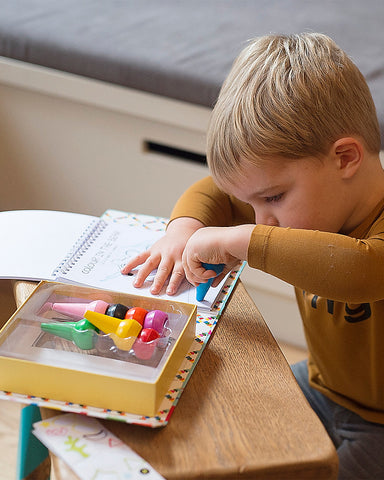
7. Planes, trains and cars
Children naturally develop an interest in things that roll, fly or float
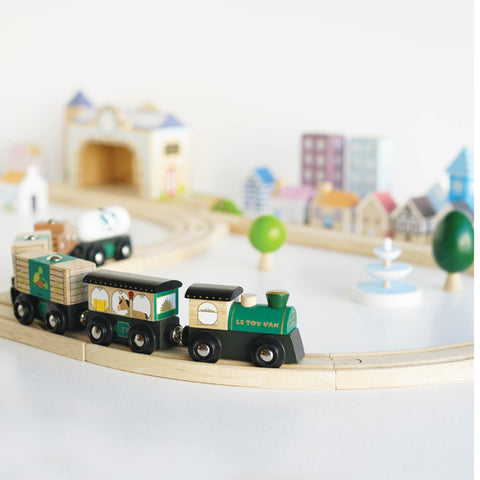
8. Play figures
Can be humans or animals to populate their imaginary world
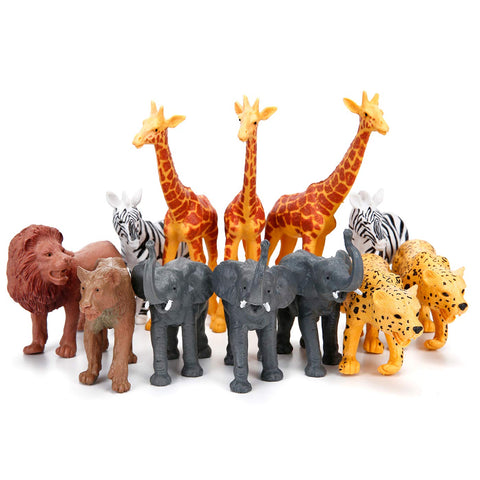
9. Puzzles/ shape sorting box
Develops fine motor, cognitive and problem-solving skills
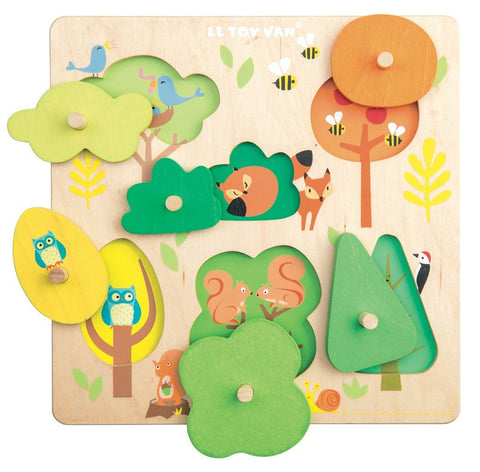
10. Bucket, spade and balls to kick and throw
11. Silk scarves for imaginative play
12. Instruments to experiment with rhythm and noise
Reference:
2. Bellybelly
5. Goop Podcast

